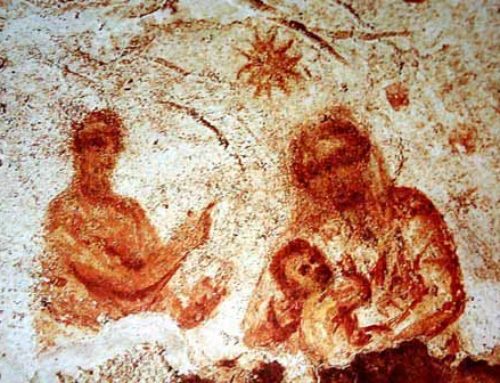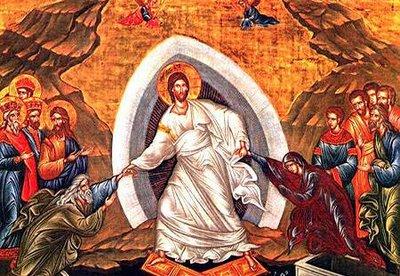Since the 19th Century when modern methods in historical science began to be applied to evangelical texts, research on Jesus has gone through various stages. We have by now, overcome the rationalistic prejudices prevalent when this research began and the hypercritical methods prevalent through most of the 20th century. As a result, today the situation is more positive and open. We have also overcome the scepticism that dominated research in the middle of last century (see “What do we know about Jesus?”).
Today we have a better understanding of the literary and historical context in which Jesus lived and in which the Gospels were written. Researchers are more familiar with the Jewish writings at the time of Jesus and with the Gospel writers (commentaries on the biblical books and translations from Aramaic, the Qumran texts, rabbinical literature, etc). This has allowed experts to illustrate, verify and understand more deeply the Gospel texts and the image of Jesus in his time.
Our historical knowledge of Jesus is, therefore, increasingly more solid. Because of this, the Gospels are more worthy of credibility and the impartial historian can discover in them a great deal of the gestures, words, actions of Jesus, through which he manifested the uniqueness of his person and mission.
Other sources from the Greek and Roman worlds have provided a better understanding of the Hellenistic influences in Galilee at the time of Jesus.
Moreover, the testimonies of the apocryphal writings, likely to have been written after the canonical books, and other Christian and Jewish texts of the 2nd century, have been helpful in analysing the traditions on which those books are based. They have also helped to put into context the contents of the Gospels.
Archaeological findings have also been useful in the research effort. Especially interesting among those are the digs undertaken in Galilee. These have been useful to illustrate our knowledge of the Hellenistic influence in Palestine in the 1st century. In addition to a better understanding of the sources, the use of new methods and exegetical efforts (literary, canonical, etc) have helped overcome the difficulties caused by the rigidity and limitations of the historical method used in the past.
Juan Chapa







Leave A Comment
You must be logged in to post a comment.